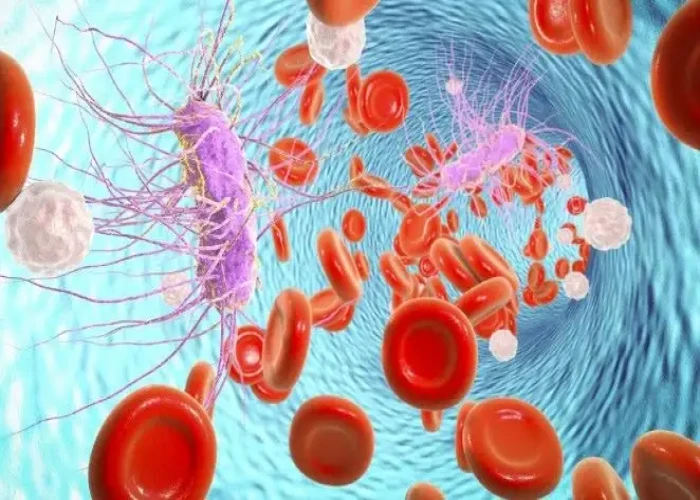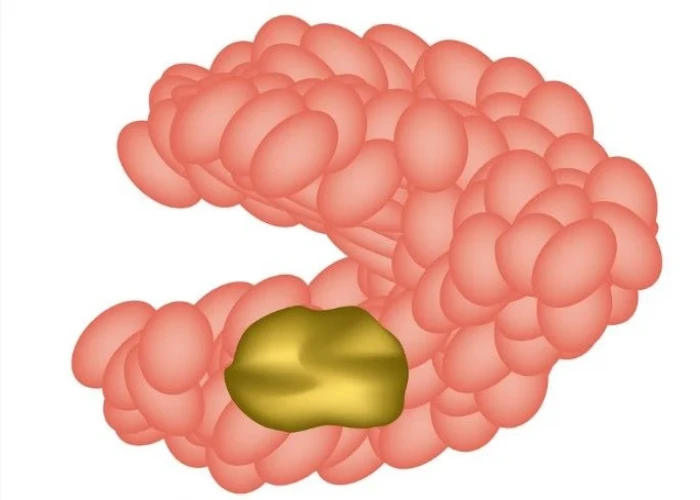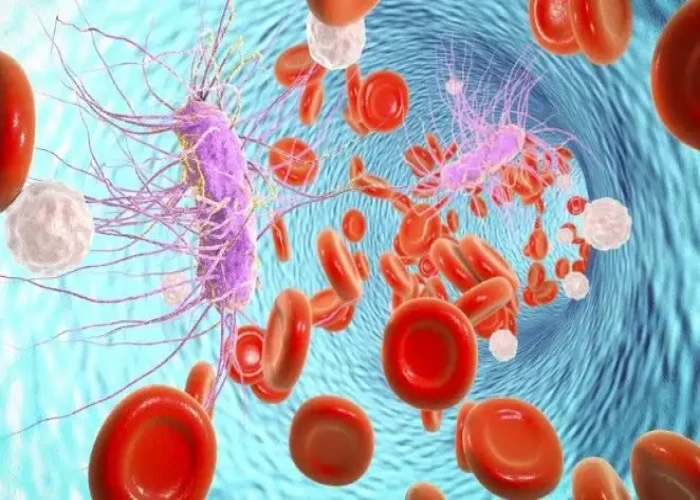 Welcome
Welcome
“May all be happy, may all be healed, may all be at peace and may no one ever suffer."
Sepsis

Sepsis is a potentially life-threatening condition that occurs when the body's response to an infection injures its own tissues and organs. Sepsis can be caused by a wide range of infections, including bacterial, viral, or fungal infections.
The early signs and symptoms of sepsis can be nonspecific and may include:
- Fever
- Chills
- Rapid breathing or shortness of breath
- Rapid heartbeat
- Fatigue
- Confusion or disorientation
- Sweating or clammy skin
As the condition progresses, more severe symptoms may occur, such as:
- Decreased urine output
- Low blood pressure
- Organ dysfunction or failure
- Rash or skin discoloration
- Difficulty breathing
- Abdominal pain
Prompt treatment of sepsis is crucial to prevent further complications and improve outcomes. Treatment typically involves administering antibiotics or antifungal medication to treat the underlying infection, along with supportive care to manage symptoms. In severe cases, hospitalization and intensive care may be required. It is important to seek medical attention immediately if you or a loved one is experiencing symptoms of sepsis.
Research Papers
Disease Signs and Symptoms
- High blood pressure (hypertension)
- Rapid breathing
- Respiratory rate higher than or equal to 22 breaths a minute
Disease Causes
Sepsis
While any type of infection — bacterial, viral or fungal — can lead to sepsis, infections that more commonly result in sepsis include infections of:
- Lungs, such as pneumonia
- Kidney, bladder and other parts of the urinary system
- Digestive system
- Bloodstream (bacteremia)
- Catheter sites
- Wounds or burns
Disease Prevents
Disease Treatments
Early, aggressive treatment increases the likelihood of recovery. People who have sepsis require close monitoring and treatment in a hospital intensive care unit. Lifesaving measures may be needed to stabilize breathing and heart function.
Medications
A number of medications are used in treating sepsis and septic shock. They include:
- Antibiotics. Treatment with antibiotics begins as soon as possible. Broad-spectrum antibiotics, which are effective against a variety of bacteria, are usually used first. After learning the results of blood tests, your doctor may switch to a different antibiotic that's targeted to fight the particular bacteria causing the infection.
- Intravenous fluids. The use of intravenous fluids begins as soon as possible.
- Vasopressors. If your blood pressure remains too low even after receiving intravenous fluids, you may be given a vasopressor medication. This drug constricts blood vessels and helps increase blood pressure.
Other medications you may receive include low doses of corticosteroids, insulin to help maintain stable blood sugar levels, drugs that modify the immune system responses, and painkillers or sedatives.
Supportive care
People who have sepsis often receive supportive care that includes oxygen. Depending on your condition, you may need to have a machine help you breathe. If your kidneys have been affected, you may need to have dialysis.
Surgery
Surgery may be needed to remove sources of infection, such as collections of pus (abscesses), infected tissues or dead tissues (gangrene).
Disease Diagnoses
Disease Allopathic Generics
Disease Ayurvedic Generics
Disease Homeopathic Generics
Disease yoga
Sepsis and Learn More about Diseases

Female infertility

Corns and calluses

Mitral valve disease

Jaw tumors and cysts

Sun allergy

Ebola virus and Marburg virus

Dilatation of Stomach

Retention of Urine
sepsis, সেপসিস
To be happy, beautiful, healthy, wealthy, hale and long-lived stay with DM3S.
